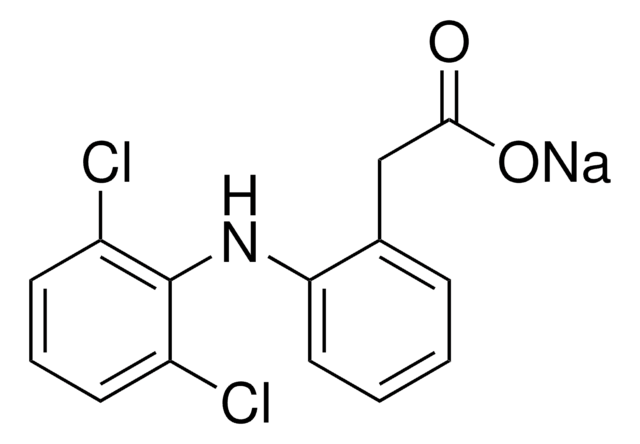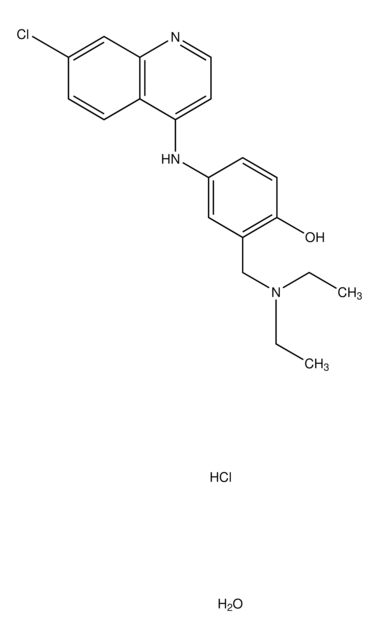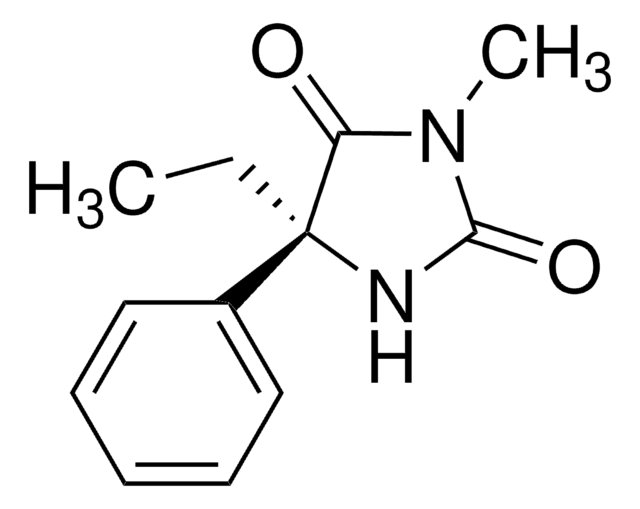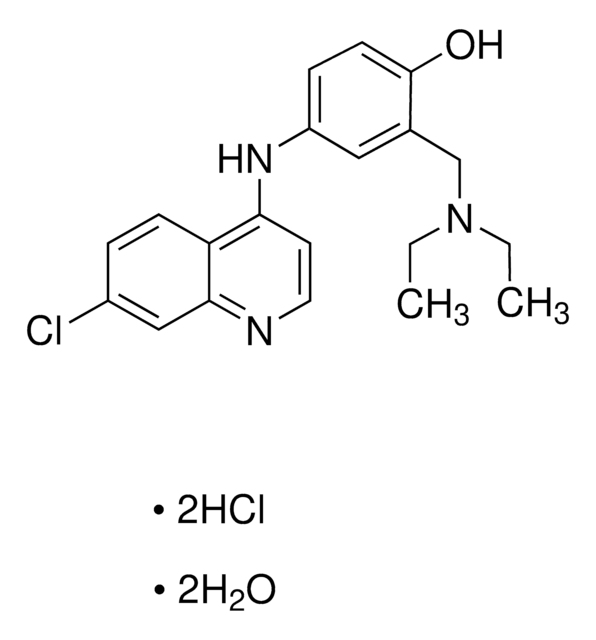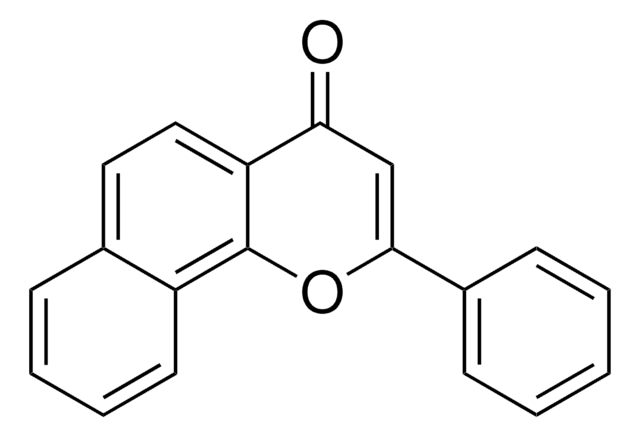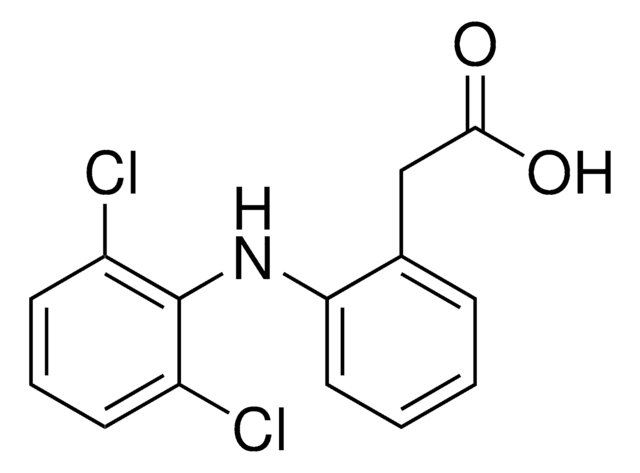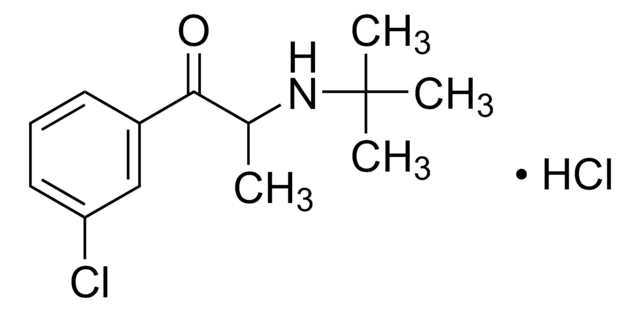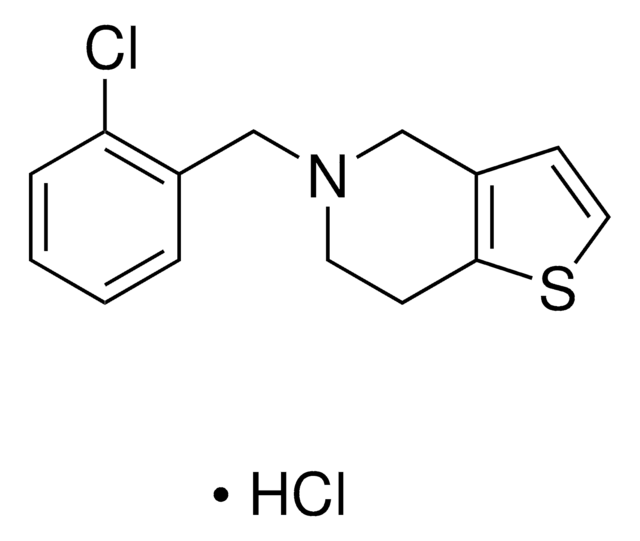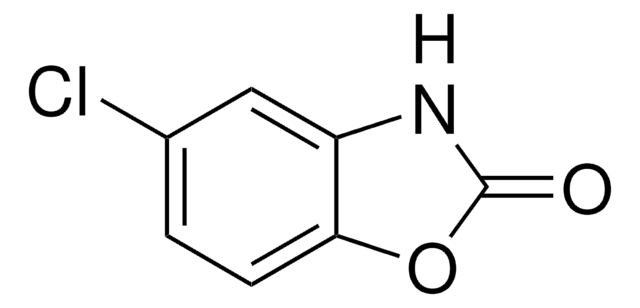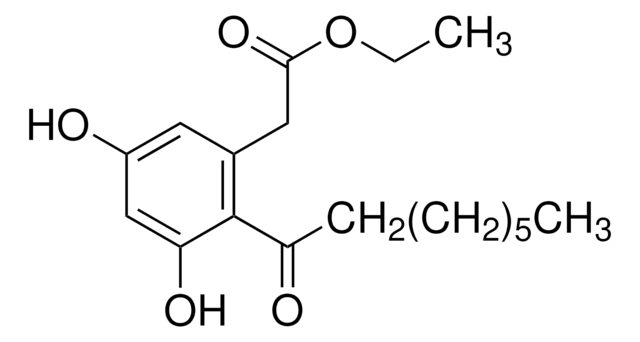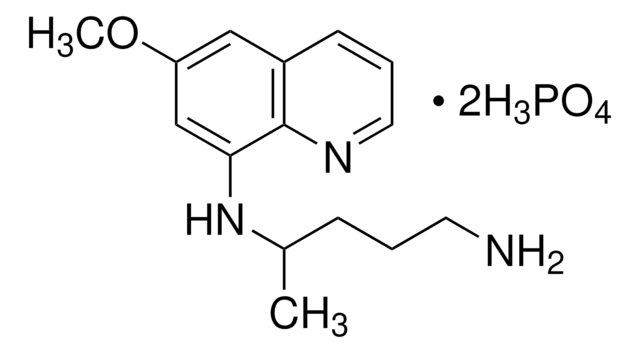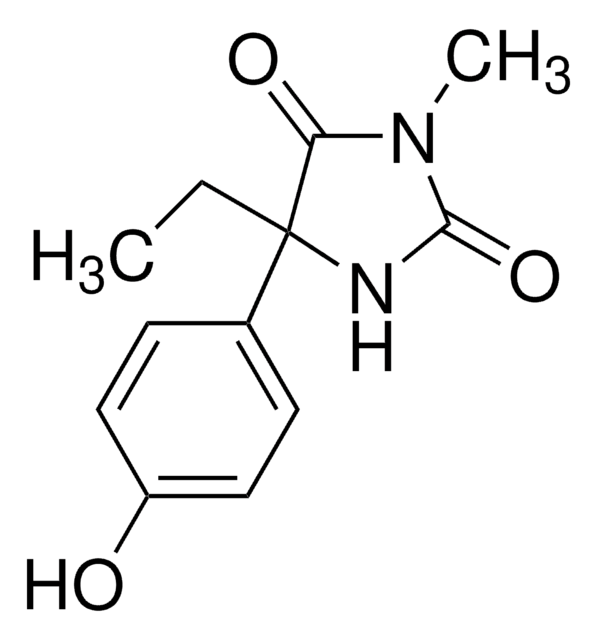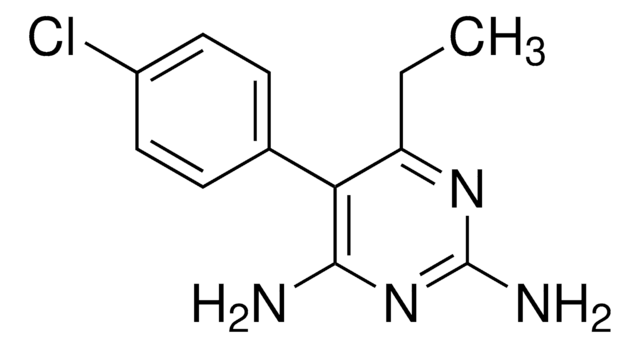A2799
Amodiaquin dihydrochloride dihydrate
analytical standard
Synonym(s):
4-([7-Chloro-4-quinolinyl]amino)-2-([diethylamino]methyl)phenol
About This Item
Recommended Products
grade
analytical standard
Quality Level
technique(s)
HPLC: suitable
gas chromatography (GC): suitable
application(s)
forensics and toxicology
pharmaceutical (small molecule)
format
neat
SMILES string
O.Cl.CCN(CC)Cc1cc(Nc2ccnc3cc(Cl)ccc23)ccc1O
InChI
1S/C20H22ClN3O.ClH.H2O/c1-3-24(4-2)13-14-11-16(6-8-20(14)25)23-18-9-10-22-19-12-15(21)5-7-17(18)19;;/h5-12,25H,3-4,13H2,1-2H3,(H,22,23);1H;1H2
InChI key
AOFIMJMWPZOPAJ-UHFFFAOYSA-N
Looking for similar products? Visit Product Comparison Guide
Related Categories
Application
Storage Class Code
11 - Combustible Solids
WGK
WGK 3
Flash Point(F)
Not applicable
Flash Point(C)
Not applicable
Personal Protective Equipment
Regulatory Listings
Regulatory Listings are mainly provided for chemical products. Only limited information can be provided here for non-chemical products. No entry means none of the components are listed. It is the user’s obligation to ensure the safe and legal use of the product.
JAN Code
A2799-5G:
A2799-BULK:
A2799-VAR:
A2799-25G:
A2799-100G:
Choose from one of the most recent versions:
Certificates of Analysis (COA)
Don't see the Right Version?
If you require a particular version, you can look up a specific certificate by the Lot or Batch number.
Already Own This Product?
Find documentation for the products that you have recently purchased in the Document Library.
Customers Also Viewed
Our team of scientists has experience in all areas of research including Life Science, Material Science, Chemical Synthesis, Chromatography, Analytical and many others.
Contact Technical Service